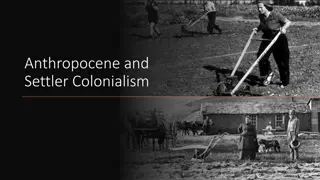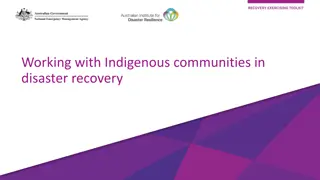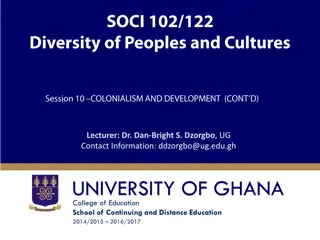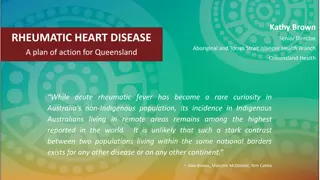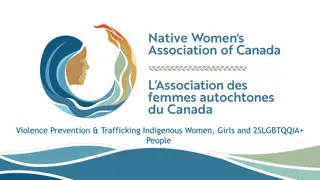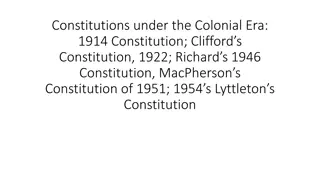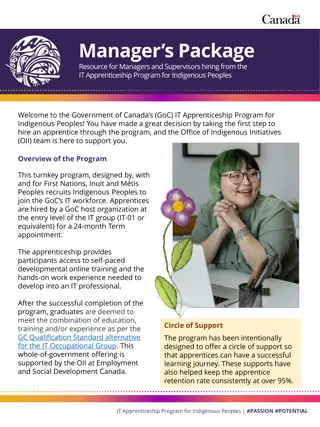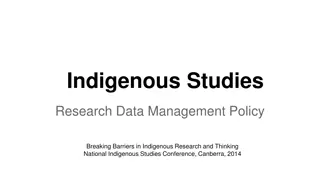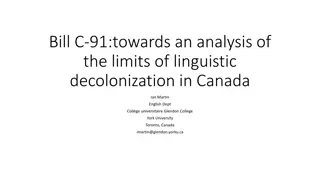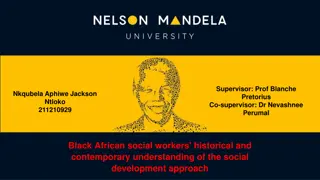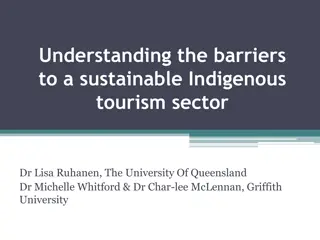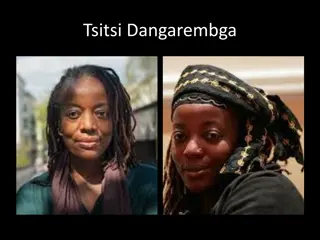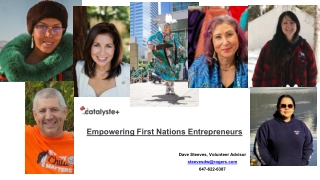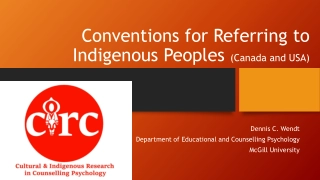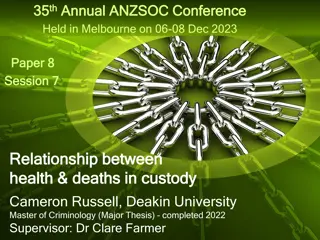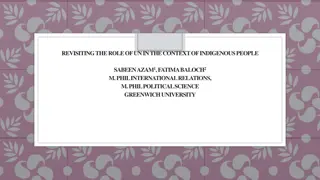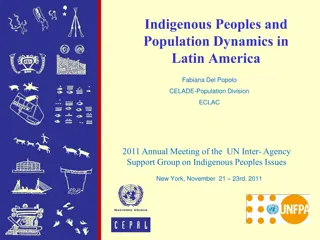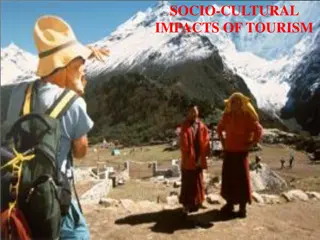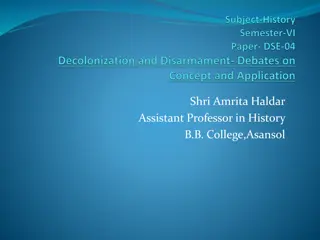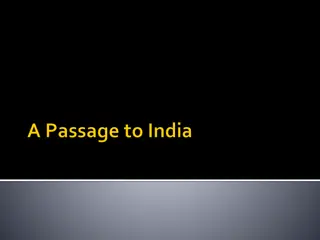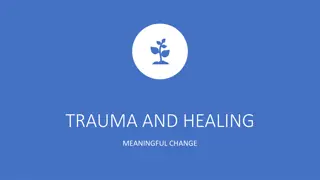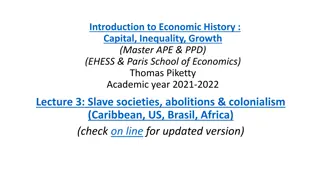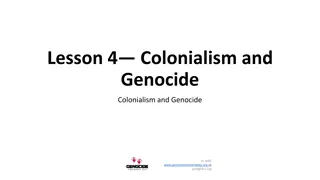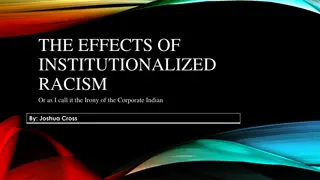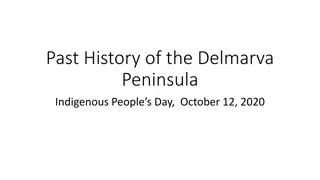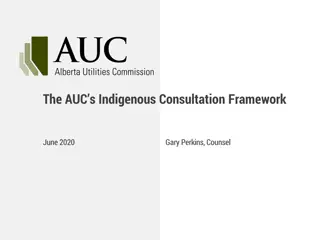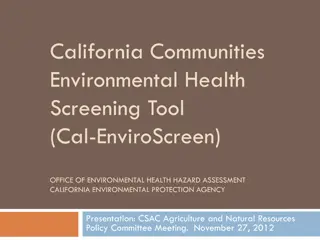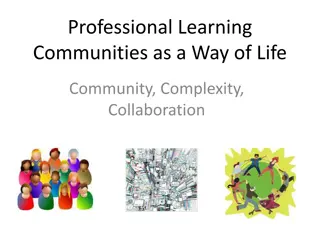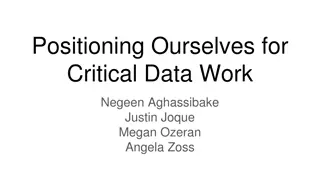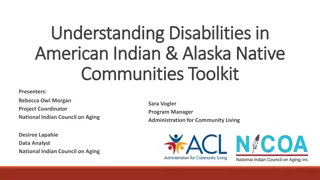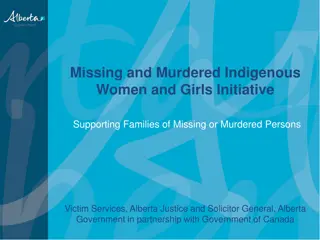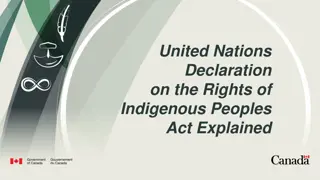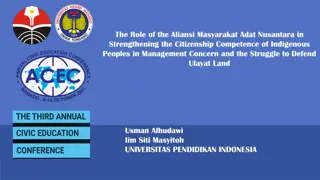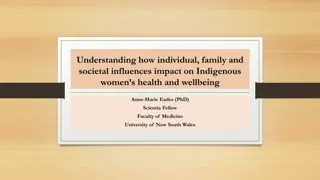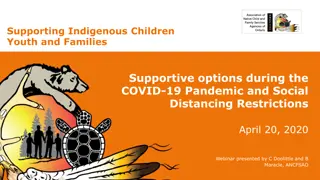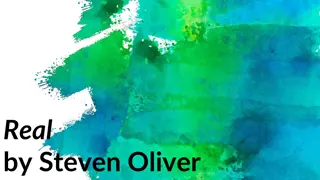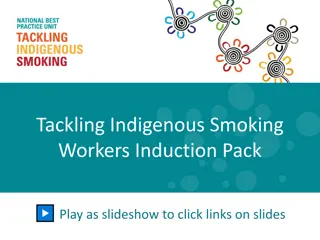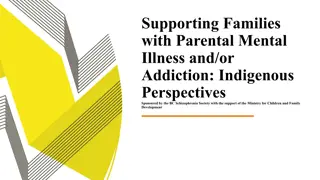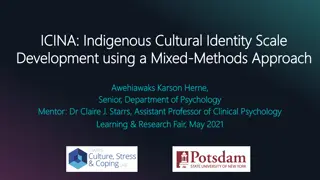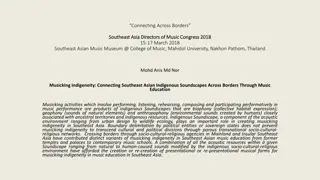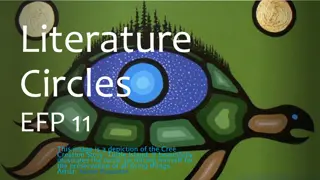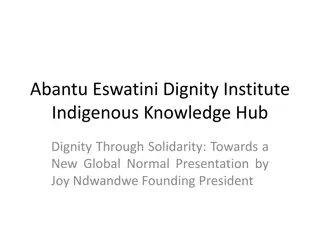Understanding the Impacts of Colonialism on Indigenous Communities
The article delves into how East Coast Indigenous communities were profoundly affected during the colonial period and beyond, enduring forced removals, enslavement, attempted genocide, and subjugated statuses. It explores the historical realities that continue to shape the presence and representation of African-descendant and Native people in archives and society, shedding light on the complexities of racial categorizations and the erasure of Indigenous heritage. The narrative also touches upon the challenges faced by Indigenous individuals in census records and highlights the struggles of Lumbee Indians in American history.
Download Presentation

Please find below an Image/Link to download the presentation.
The content on the website is provided AS IS for your information and personal use only. It may not be sold, licensed, or shared on other websites without obtaining consent from the author. Download presentation by click this link. If you encounter any issues during the download, it is possible that the publisher has removed the file from their server.
E N D
Presentation Transcript
Pathways to knowing the Indigenous History of Place Christy Hyman, on behalf of Kedge Conservation Consulting, LLC 1
We must begin here During the colonial period (1607-1776), East Coast Indigenous communities in particular were impacted significantly and for two further centuries afterward, many East Coast Indigenous communities remained deeply fractured and traumatized by European and American rule constantly subjected to forced removals, enslavement, attempted genocide, forced dispersions, or subjugated statuses of non- acknowledgement. [1] These historical realities have impacted how and when African- descendant and Native people appear in the archive. 2
We must begin here contd A series of acts that applied to negroes, mulattoes, and [non reservation]Indians were enacted in the seventeenth century. Such people were now barred from voting, holding civil or military or religious office, bearing arms, testifying in court in any case whatsoever. Thus Indian and free black people working under indentures could now be held in servitude beyond the stated time, without having recourse to any court, and they and any other nonwhite employees had to take any physical punishment their masters or any white neighbors loosed upon them. There was also a law that year that set up Virginia s first racial definitions: one- eighth or more African descent made one a mulatto,whether the rest of one s ancestors were European or American Indian. There was no definition of Indians this laid the groundwork for the denial of Indigenous heritage in matters of racial categorization in the United States and the myth of the vanishing Indian. Rountree, Helen C., and E.Randolph Turner. Before and After Jamestown : Virginia s Powhatans and Their Predecessors. University Press of Florida, 2002. 3
From the National Archives and Records Administration Prior to 1900 few Indians are included in the decennial Federal census. Indians are not identified in the 1790- 1840 censuses. In 1860, Indians living in the general population are identified for the first time. Nearly all of the 1890 census schedules were destroyed as the result of the fire at the Department of Commerce in 1921. 4
From Lumbee Historian, Malinda Maynor Lowery Lowery, Malinda Maynor. 2018. The Lumbee Indians : An American Struggle. H. Eugene and Lillian Youngs Lehman Series. Chapel Hill: University of North Carolina Press. 5
A Case Study in Land Cessions https://storymaps.arcgis.com/stories/1115c1 1c4b5746509b7c29f73985a0a8 8
Indigenous Sovereignty Indigenous sovereignty is an essential component of civics education. Historical and contemporary examples of infringements on the sovereign rights of Native nations exist, in part, due to the disregard of tribal sovereignty, nationhood, and citizenship. Sarah B. Shear, Leilani Sabzalian, and Lisa Brown Buchanan 9
Sovereignty: The Big Idea Sovereignty impacts Indigenous peoples ability to maintain their lands, languages, communities and nations, and government-to-government relationships in order to protect those physical and cultural lifeways. Sarah B. Shear, Leilani Sabzalian, and Lisa Brown Buchanan 11
Native People Protecting their Lands Today https://greendreamer.com/journal/indigenous -environmental-activists-leaders 12
Things you can do Learn whose land you re living on. Know the land history. Read the landscape. You can use this map as a starting point. Acknowledging your relationship to the land you re living on, the injustices and the privileges that are perpetuated by the colonial roots of your country are important steps. Learning how you benefit from this system is important. Nikki Sanchez, an Indigenous media maker and environmental educator, recommends learning a greeting in the local language, acknowledging the territory you re living on in your email signatures or online profiles, and offering support with a humble attitude. 2. Get involved. Indigenous rights are being violated across North America and around the world. While their efforts to protect and preserve water and land have been paying off, it s important that people of privilege stand in solidarity with these efforts. But it s important that you don t overshadow their story ask organizers or leaders if and how you could get involved in a beneficial way before taking action. Listen to Indigenous communities and reflect on your motives being an ally can play a role in perpetuating colonial systems, even if you have good intentions. Reach out to the Indigenous Environmental Network for more information. 3. Read, listen to, and support Indigenous voices, artists, and activists, Sanchez recommends. Listening to voices directly from Indigenous communities is a great way to become more aware, without the frameworks, biases, and stereotypes that often are projected onto these communities by settlers. FROM: Greendreamer 1. 13
The Map https://native-land.ca/ 14
Your Relationship https://www.indigenousaction.org/accomplic es-not-allies-abolishing-the-ally-industrial- complex/ 15
Be a good ally https://looselipsmag.com/features/10-ways- to-be-an-ally-to-indigenous-people/ 16
Native Voices to Follow https://www.globalcitizen.org/en/content/indi genous-activists-artists-canada/ 17
Support Indigenous Environmental Activists https://www.greenpeace.org/usa/stories/why -indigenous-environmentalism-is-more- important-than-ever/ 18


